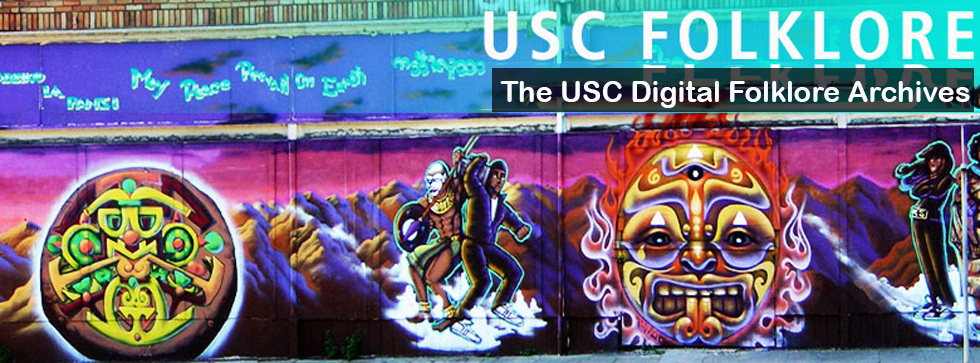1. TEXT/TRANSCRIPTION
It’s something I’ve said countless times, probably more than any other superstition. What it means is, if you’re walking with someone and there’s an obstruction in your path, like a pole, signpost, tree, or doorway, both of you are supposed to walk on the same side of it. If you let the object split the two of you, it’s considered bad luck, specifically for your relationship or friendship.
I grew up really believing this. I don’t remember exactly who told me first, maybe my mom, or possibly an older cousin, but I know I learned it early on, and I took it seriously. It wasn’t just something to laugh about. If I was walking with a friend and we accidentally split a pole or doorway, I would stop right there, grab their arm, and say, “Nope, we have to go back and do it again.” It didn’t matter if we were in a rush or people were watching. I needed us to walk through the same way again, together, to fix it.
It got especially bad in middle school when friendships felt so fragile and important. There were so many shifts in social groups and people coming and going that I started thinking, what if this little mistake is the reason someone ghosts me or stops talking to me? I know that sounds dramatic, but when you’re young and trying to hold onto people you care about, this kind of thing feels like it could make or break your luck. So I made it into a rule. If we were friends, we didn’t split poles, period.
As I got older, I realized not everyone knew about this superstition. Some of my newer friends had never heard of it until I made a big deal about it one day. They’d walk on the other side of a pole, and I’d gasp and be like, “You just split the pole! That’s bad luck!” At first, they thought I was joking, but when I made us walk back and fix it, they could tell I was at least half-serious. Now it’s turned into a sort of joke between us. Even though most of us don’t really believe in it anymore, we still say something whenever it happens. Like, “Uh-oh, we just cursed our friendship!” But we still go back and fix it, just in case.
2. CONTEXT
I think this superstition stuck with me because it gave me a sense of control in relationships, especially when everything else felt uncertain. As a kid, you don’t really get to decide who stays in your life or who grows distant. So having a rule, even a superstitious one, made me feel like I could protect the friendships that mattered to me. I always interpreted it more emotionally than spiritually. It wasn’t that I thought a ghost would come after us or that we’d get into a fight that day, it was more symbolic. It meant we were choosing to stay connected.
Even now, if I split a pole with someone I care about, I feel off. I’ll say something like, “That was bad luck,” but deep down I’m still that kid who’s scared of losing people. So even though it’s a silly ritual on the surface, it represents something real: how hard I’ve tried to keep people close.
3. INTERPRETATION
The superstition “don’t split the pole” reveals a deeply personal and social anxiety around separation, conflict, and emotional distance, especially within friendships. Though it may seem like a quirky or humorous ritual, its persistence over time shows how folklore can become a protective mechanism. For children and adolescents, who often experience uncertainty in their relationships, such superstitions offer a form of magical thinking that reinforces their desire for stability and connection.
Culturally, the superstition speaks to a larger human fear of division. Physical separation around an object becomes a metaphor for emotional separation. The insistence on reuniting on the same side of the pole enacts a miniature ritual of repair and reaffirmation. It’s a way of saying, “We are still on the same path,” even when real life makes that uncertain.
This type of folklore also reflects how beliefs are passed on not just through formal teaching, but through lived practice and performance. It’s rarely written down or explained in detail, yet it carries emotional weight. In a historical sense, superstitions like these may have roots in older symbolic systems that treat thresholds and divisions (like doors, gates, or posts) as spiritually significant. Even if those origins are lost today, the emotional and relational logic behind the ritual survives.
